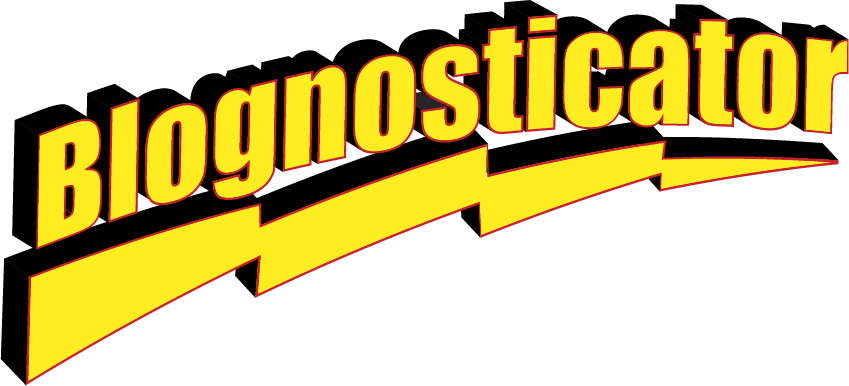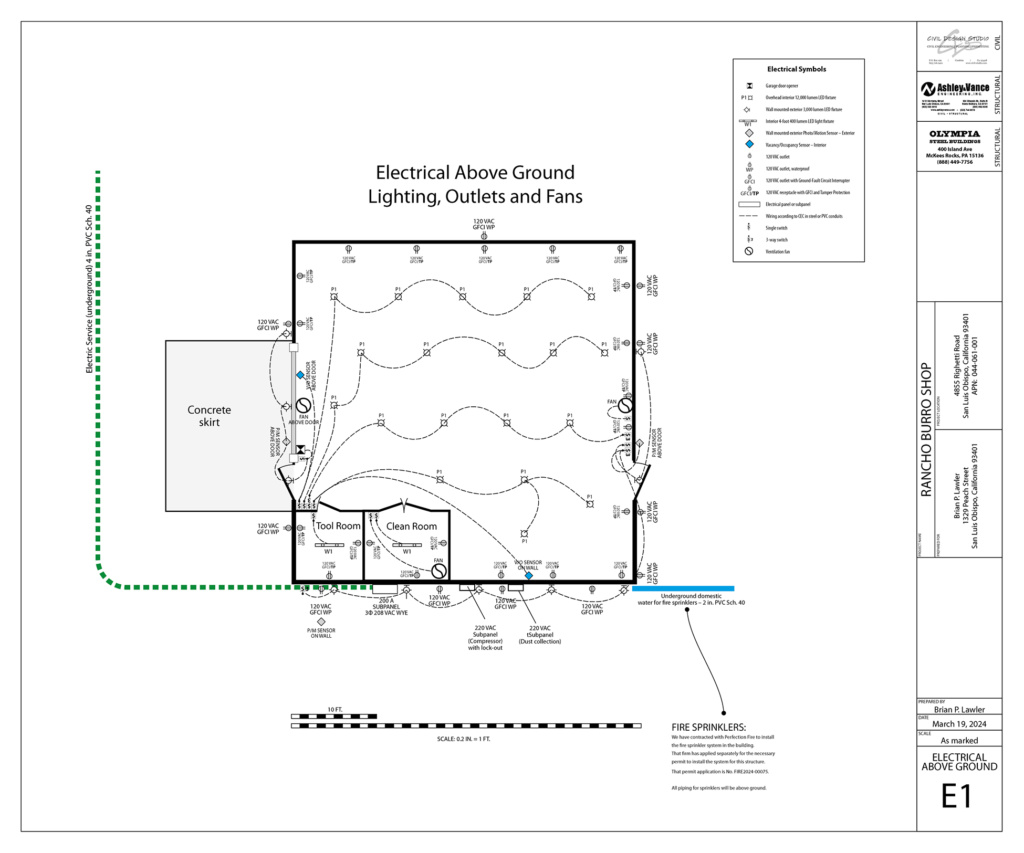
In the first installment of this story, I introduced my new shop building, and introduced you to the County Planning Department. They looked at my initial set of plans and threw them back at me. Too big, they said.
I was dejected. I considered selling my unbuilt steel building and giving up. I looked around for other places to build the structure. I thought about swimming out into the sea, taking the building with me. I was really depressed.
Since the building is essentially a kit, made up of standardized components, I realized that I could scale the structure to almost any length. I looked at the engineering drawings and learned that the building modules are 15 feet each. I wrote to the County and asked if I could make the building 45 feet long instead of 60, reducing the square footage from 2,400 to 1,800. I knew this was 138 square feet too large for the allowable size, but I asked.
And they said, emphatically: NO.

I then reduced it to 40 x 40 feet, removed the lean-to, and removed one of the interior rooms. I worked on the layout to fit my tools inside a smaller structure and came up with a plan that will accomplish that task at 1,600 square feet.
It is still going to be a large shop, and I am grateful to be able to move forward. The County said yes to my new proposal, so I started again. I paid the engineering firm to redraw the foundation at the new size, and asked the civil engineer to redraw the grading plan. Both were relatively easy to change.
Architectural drawings are usually created in Autocad. There are some traditions that I simply couldn’t abide, specifically the use of those dorky “architectural” fonts written in all caps. I find these pedestrian and difficult to read. Instead, I chose to use the Adobe Myriad Pro series, a handsome and legible sans-serif family of faces designed by Robert Slimbach.
These drawings are drawn to either 36 x 24 inches or 48 x 36 inches, always landscape format. I chose the 36 x 24 size because I have a 44-inch Epson ink-jet printer, and I have two 24-inch rolls of plain paper on-hand for the printer. Making the prints will be easy when I get to that stage (after the building permits are issued). Meanwhile, everything is submitted to the building department in PDF format.
Tradition dictates that there is a base legend on the drawings indicating in the lower-right what is covered on each page, revision dates, and contractor stamps along the vertical right-hand edge of the sheet. All of the drawings I have seen are in black ink only. I used color in a few spots on my electronic versions, and I trust that the County analysts will not object.
There are also arcane abbreviations on these drawings, many of which I did not know. There is always a scale at the bottom, and usually a compass rose indicating the direction of the project on the land. As I worked, I referred to already-approved drawings from the other buildings on the same property. I was copying the style of these drawings in my new work.

I used Adobe Illustrator to make my drawings. This is because I don’t own Autocad, and I don’t know how to use it. Illustrator is the program I know the best, so preparing my work there made the most sense to me. In several cases, I borrowed elements from other PDF files or plans. Specifically, I copied the topographic markings prepared for another building on the same land, and pasted these into my Illustrator drawings. There are thousands of tiny vector elements marking the topographic contours on the property. This caused an immediate response in Illustrator: it slowed down to a crawl.
I am running the latest version of the Creative Cloud on a new Macintosh Studio M1 Ultra computer with 20 cores and numerous GPUs. It really shouldn’t get so slow when running Illustrator, but it did. I think I was overwhelming the system with my drawings, which were multiple pages in a single Illustrator document. In retrospect, I think I would have been wiser to make the pages into separate documents, and then merge them together in Acrobat at the end.
There were times when I selected a word in a column of text, and the machine would go off into outer space for more than 60 seconds before responding. It was aggravating. I found that changing to the Outline view would save a few seconds, but in general, Illustrator was dragging me into a very dark place as I worked on these drawings. After considerable observation I have come to the conclusion that it is my hard drives (three RAID-5 units) that might be causing the slow-down. Each time the computer goes to the drives, there is considerable speed-up and parsing going on while the drives split-up the data and write it to all four drives simultaneously. If perhaps I had a big solid-state memory device I could avoid this (an investigation for another day).
The dimensioning tool in the latest version of Illustrator is nice, but not quite ready for prime time. I used it successfully on some of my drawings, but I was unable to use it on my primary illustrations because it wouldn’t let me choose a dimensioning ratio of 0.2 inch = 1 foot. It offered 0.25, 0.1, and numerous others, but I wasn’t allowed to enter 0.2. Why?
It’s obvious that Adobe Illustrator is not meant to be used for this kind of work, with thousands of drawing elements on numerous pages (12 in my case). In the past I have drawn far more complex illustrations with thousands of nodes, but I have never witnessed slow-downs like this before.
When I was finished, I saved my completed architectural drawings as a single multi-page PDF document. That does not seem to be frustrated by the topographic information, nor by any of the other complex elements in the drawings. On completion, I submitted the PDF to the County for their scrutiny. I was told by my contractor that they reject 100 percent of drawings that are submitted for a building permit. They will always ask for revisions or additional detail in these drawings, even when they have been prepared by professional (and licensed) architects, engineers, and electricians.
Then I waited for the inevitable rejections.

I have finally moved entirely away from spinning platters for storage on my desktop/laptop machines (other than backups). I eventually came to the conclusion that today’s software (including the OS) simply isn’t tested with fusion drives, RAIDs or the like and the insane delays aren’t worth it… I feel/felt your pain
I very much look forward to the projects you’ll undertake in the current project you’re undertaking (if you upgrade your computer, that’ll be two levels of meta away from them!)
Hi Steve,
I’m thinking about getting an SSD “drive” for my day to day computing, and relegating my RAIDS to back-up and archiving.
I would love to know more about what you have done.
Thanks,
Brian